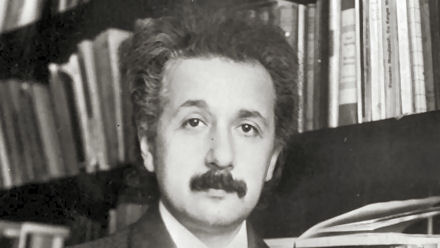
Researchers from the Center for the Neural Basis of Cognition (CNBC) have for the first time described a mechanism called “dynamic connectivity,” in which neuronal circuits are rewired “on the fly” allowing stimuli to be more keenly sensed. The research, reported in Nature Neuroscience, explains why when we notice a scent, the brain can quickly sort through input and determine exactly what that smell is.
“If you think of the brain like a computer, then the connections between neurons are like the software that the brain is running. Our work shows that this biological software is changed rapidly as a function of the kind of input that the system receives,” said CNBC’s Nathan Urban. Urban and his colleagues specifically examine the process of lateral inhibition in an area of the brain called the olfactory bulb, which is responsible for processing scents. Until now, scientists thought that the connections made by the neurons in the olfactory bulb were dictated by anatomy and could only change slowly.
However, in the new study, Urban’s team found that the connections are, in fact, not set, but rather are able to change dynamically in response to specific patterns of stimuli. In their experiments, they found that when excitatory neurons in the olfactory bulb fire in a correlated fashion, this determines how they are functionally connected.
The researchers showed that dynamic connectivity allows lateral inhibition to be enhanced when a large number of neurons initially respond to a stimulus, filtering out noise from other neurons. By filtering out the noise, the stimulus can be more clearly recognized and separated from other similar stimuli.
“This mechanism helps to explain why you can walk into a room and recognize a smell that seems to be floral. As you continue to smell the odor, you begin to recognize that the scent is indeed flowers and even more specifically is the scent of roses,” Urban said. “By understanding how the brain does this, we can then apply this mechanism to other problems faced by the brain.”
The researchers also converted this mechanism into an algorithm and used computer modeling to further show that dynamic connectivity makes it easier to identify and discriminate between stimuli by enhancing the contrast, or sharpness, of the stimuli, independent of the spatial patterns of the active neurons. This algorithm allows researchers to show the applicability of the mechanism in other areas of the brain where similar inhibitory connections are widespread. For example, the researchers applied the algorithm to a blurry picture and the picture appeared refined and in sharper contrast (see pic).
Related:
Immune System Sculpts The Brain
Context And Computer Vision
A Penny for Your Qualia
Brain Thrives On Constant, Chaotic Communication
Source: Carnegie Mellon University
Pic courtesy Center for the Neural Basis of Cognition.








Comments are closed.